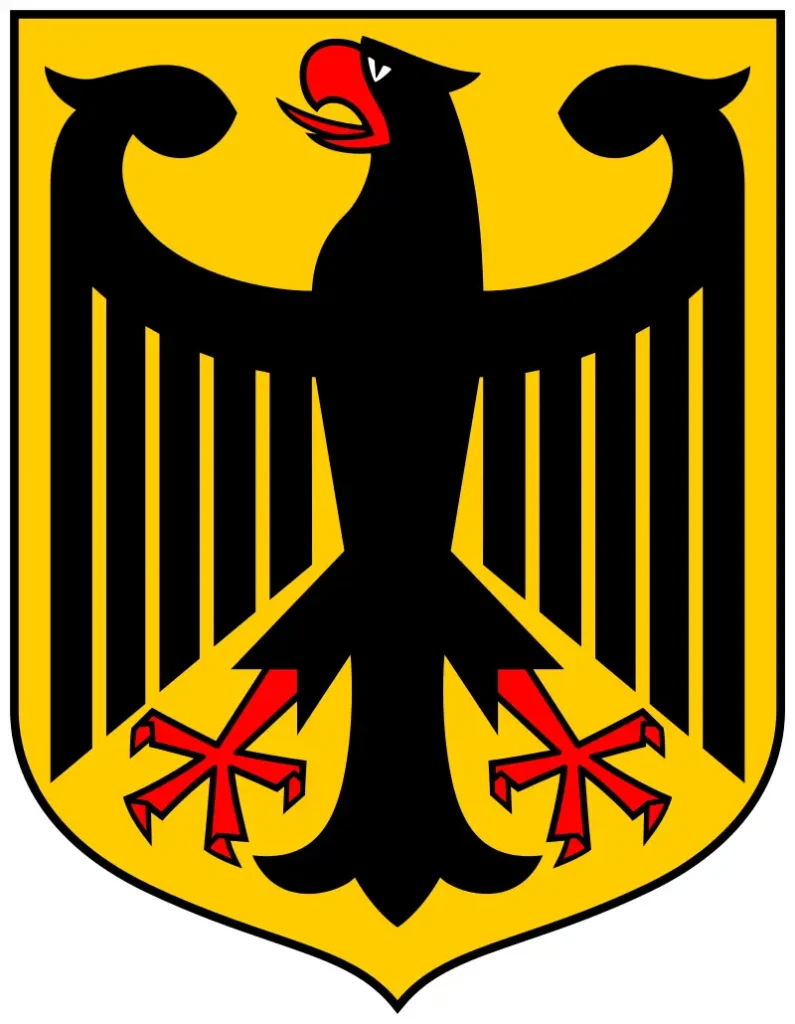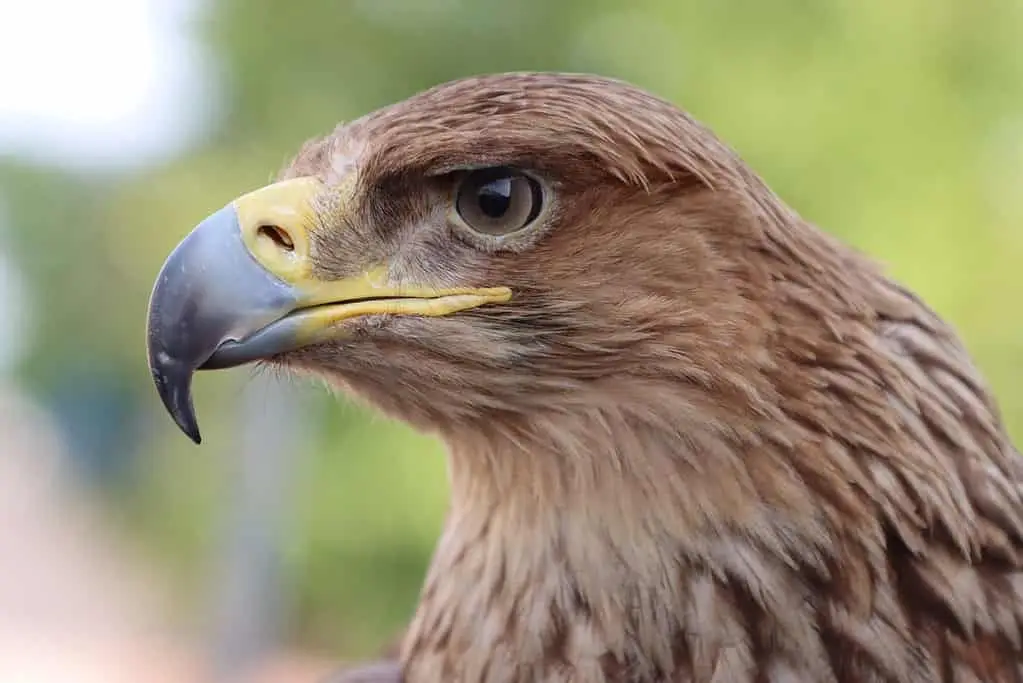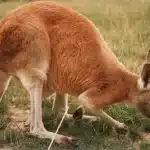Last Updated on April 14, 2024 by Amin Tawar
The National Animal of Germany is the eagle.
Germany does not have an official national animal. However, the eagle is the most widely recognized animal symbol of Germany. It features on the country’s coat of arms and is called the federal eagle.
The black eagle, a powerful image with a long history, soars as the national emblem of Germany. Its roots stretch back to ancient civilizations, where it embodied the sun, life force, and even deities. Greeks, Romans, and Germanic tribes all revered this majestic bird.
A Long and Storied History
The eagle’s journey to Germany began under Charlemagne, likely around 800 AD. By the 13th century, a black eagle on a golden field became widely recognized as the symbol of the Holy Roman Emperor. The double-headed eagle emerged in the 15th century, later adopted by Austria and even the short-lived revolutionary government of 1848.
Throughout the 19th and early 20th centuries, the eagle remained a constant, albeit with some variations in design and meaning, for the German Empire and the Weimar Republic. Following World War II, the newly formed Federal Republic of Germany deliberately chose to embrace the democratic legacy of the Weimar Republic, and with it, the Weimar eagle. Officially introduced in 1950, this eagle, designed by Tobias Schwab in 1926, continues to be Germany’s national emblem.
The Federal Eagle Today

The federal eagle graces not only the national coat of arms but also the flag of federal institutions, the President’s standard, and official stamps. Artistic interpretations are also permitted, appearing on coins, stamps, and government letterhead.
A Divided Symbol Reunited
East Germany, the German Democratic Republic (GDR), established its own distinct coat of arms in 1955, featuring a hammer and compass encircled by wheat and a black-red-gold ribbon. This symbolized the alliance between workers, farmers, and the intelligentsia. However, following reunification in 1990, the “old” Federal Republic’s coat of arms, featuring the eagle, became the national symbol of the united Germany.
A Modern Update for an Enduring Symbol
Most recently, in 2021, a new color template for the coat of arms was officially adopted. This updated design incorporates minor adjustments due to digital rendering and ensures consistency across official uses.
The federal eagle, with its rich history and enduring symbolism, continues to be a powerful emblem of Germany, a nation that has weathered change and emerged unified.
Germany: Frequently Asked Animal Symbols
Q: What is the main animal of Germany?
A: Germany doesn’t have a single “main animal” in the wild. However, the eagle is the most prominent animal symbol representing the country.
Q: What animal symbol represents Germany?
A: The eagle is the national emblem of Germany. It appears on the country’s coat of arms and is referred to as the federal eagle.
Q: What is the national mascot of Germany?
A: Germany doesn’t have a national mascot in the same way a sports team might. However, the eagle holds a similar symbolic position of representing the nation.
Q: What is the symbol of Germania?
A: Germania is a personification of Germany, often depicted as a woman. She doesn’t have a specific animal symbol, but eagles are sometimes used alongside her imagery.







